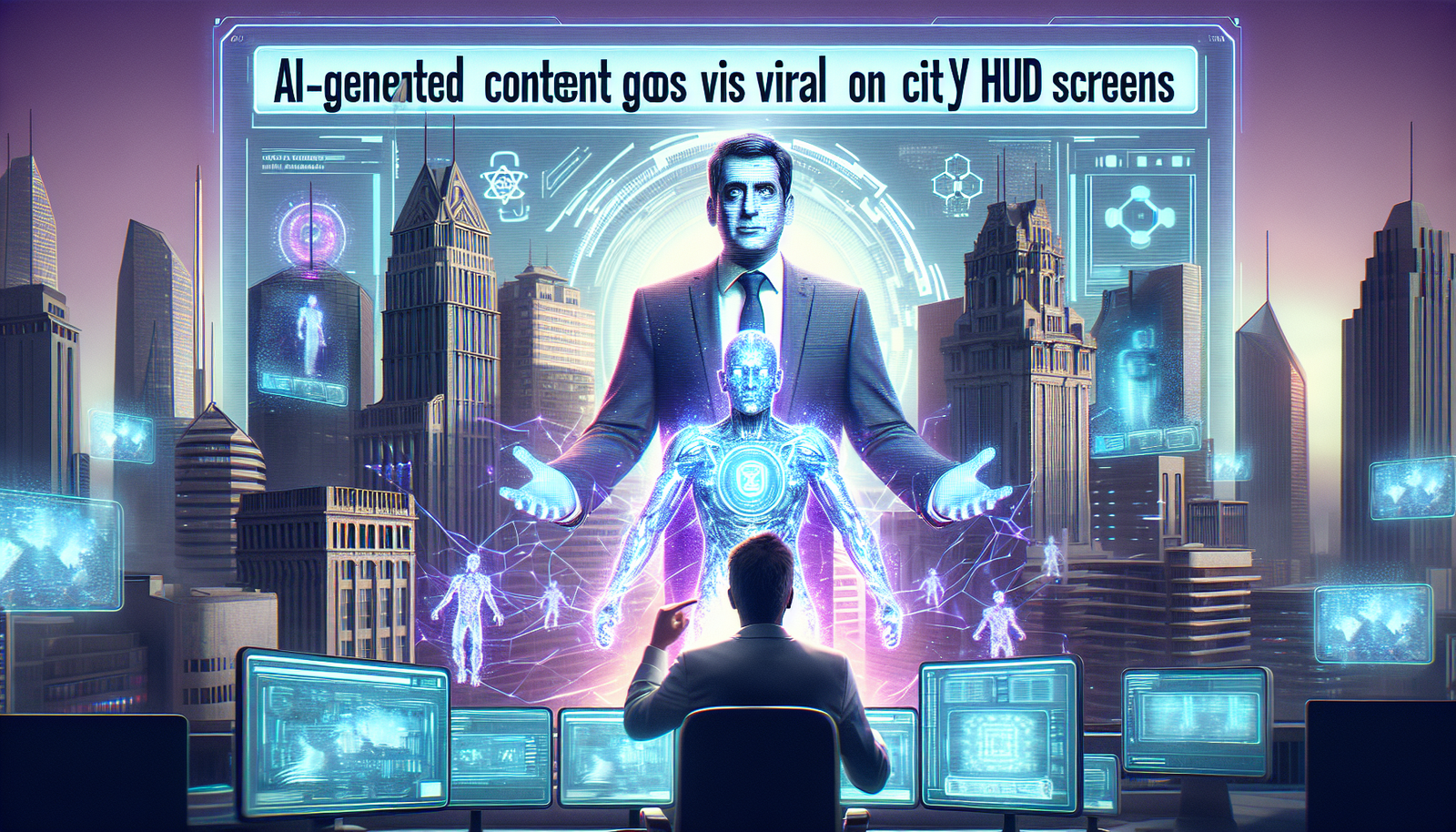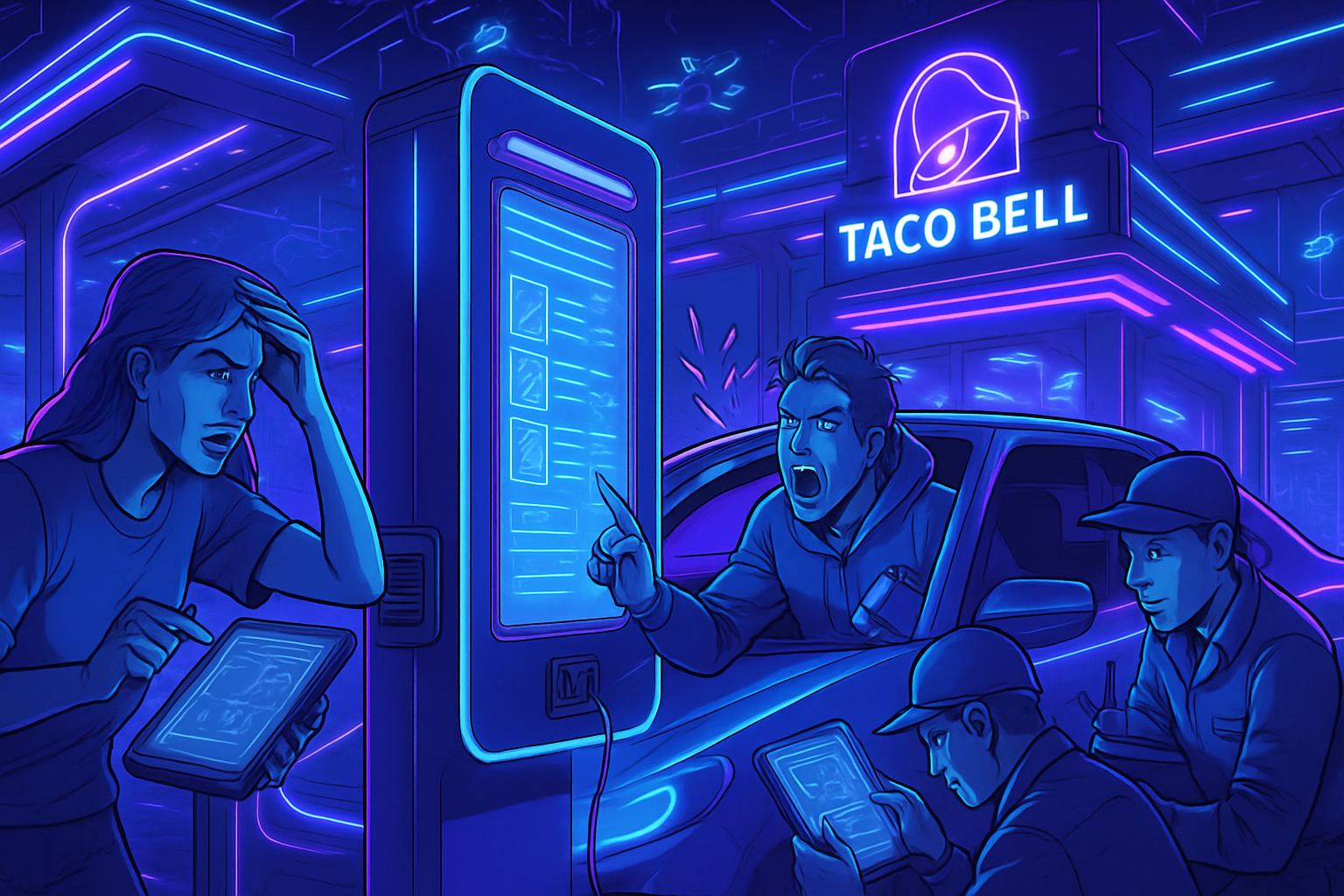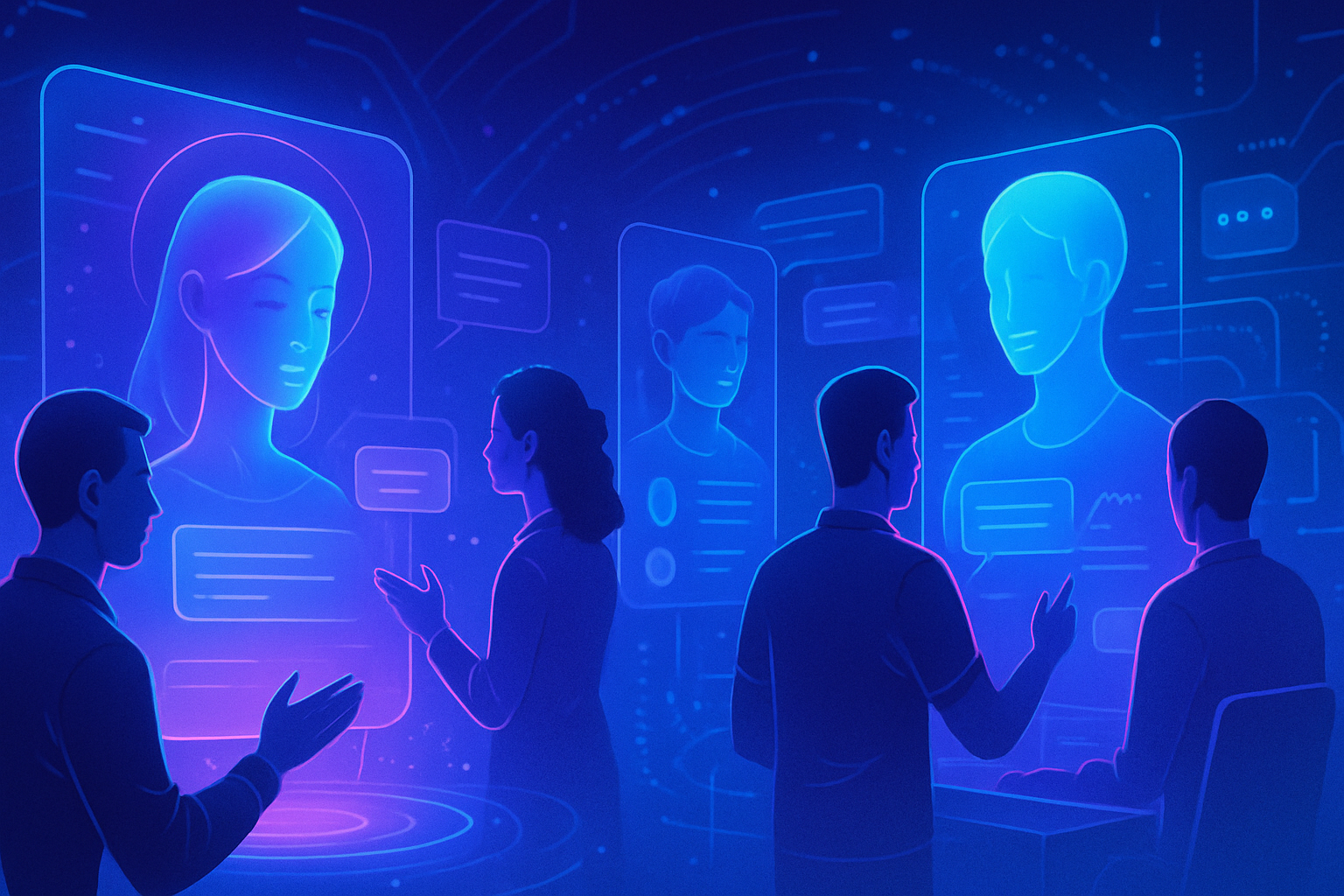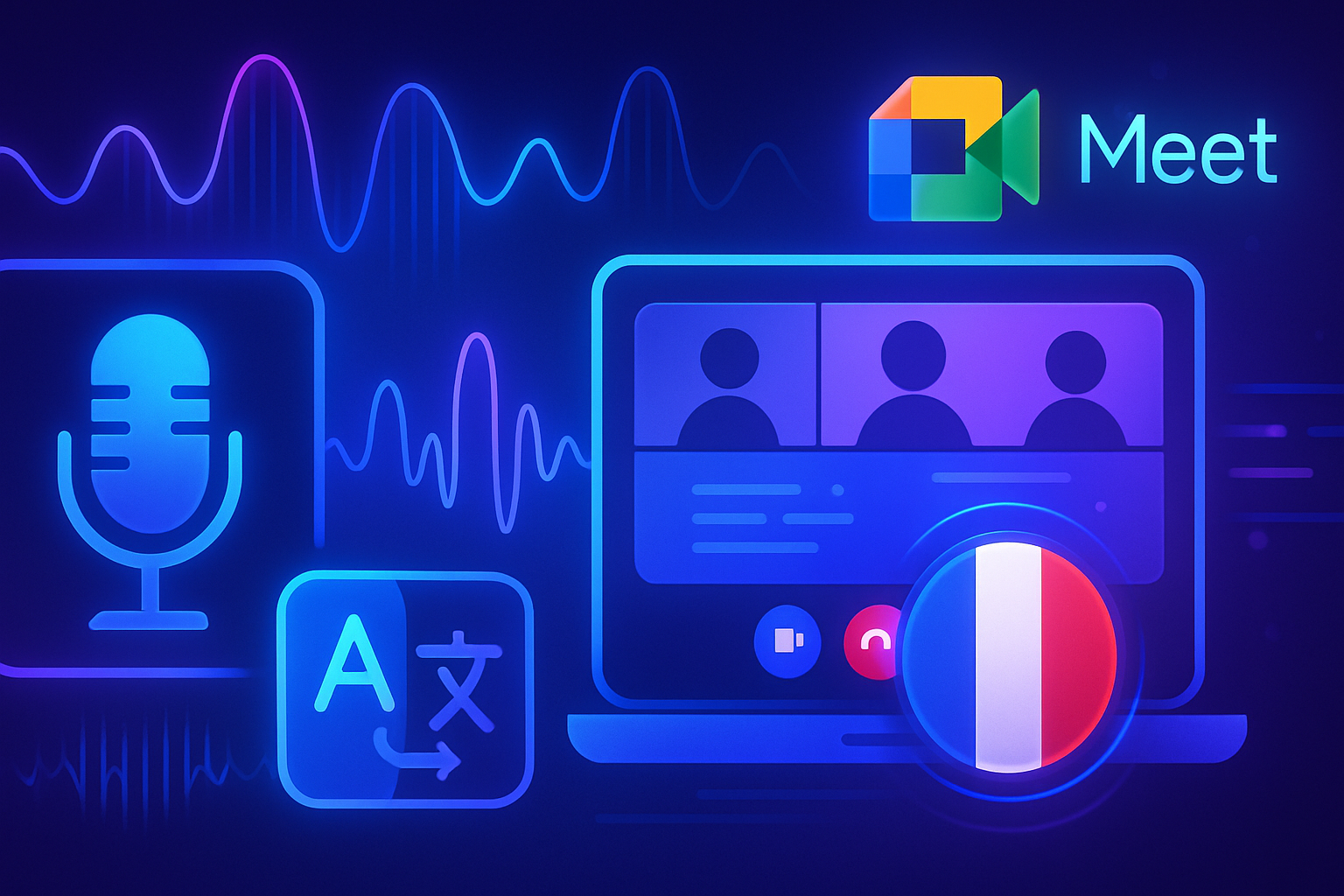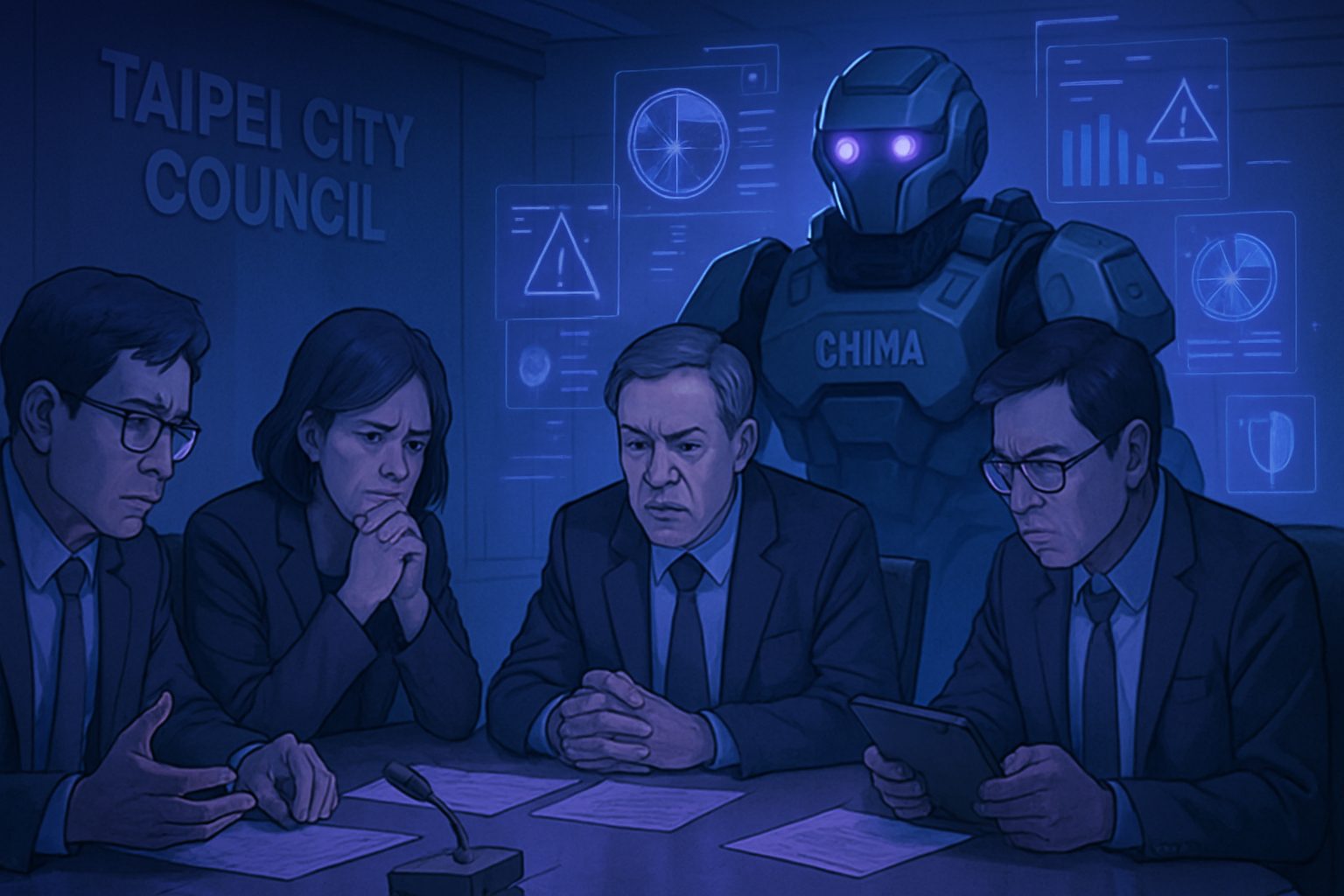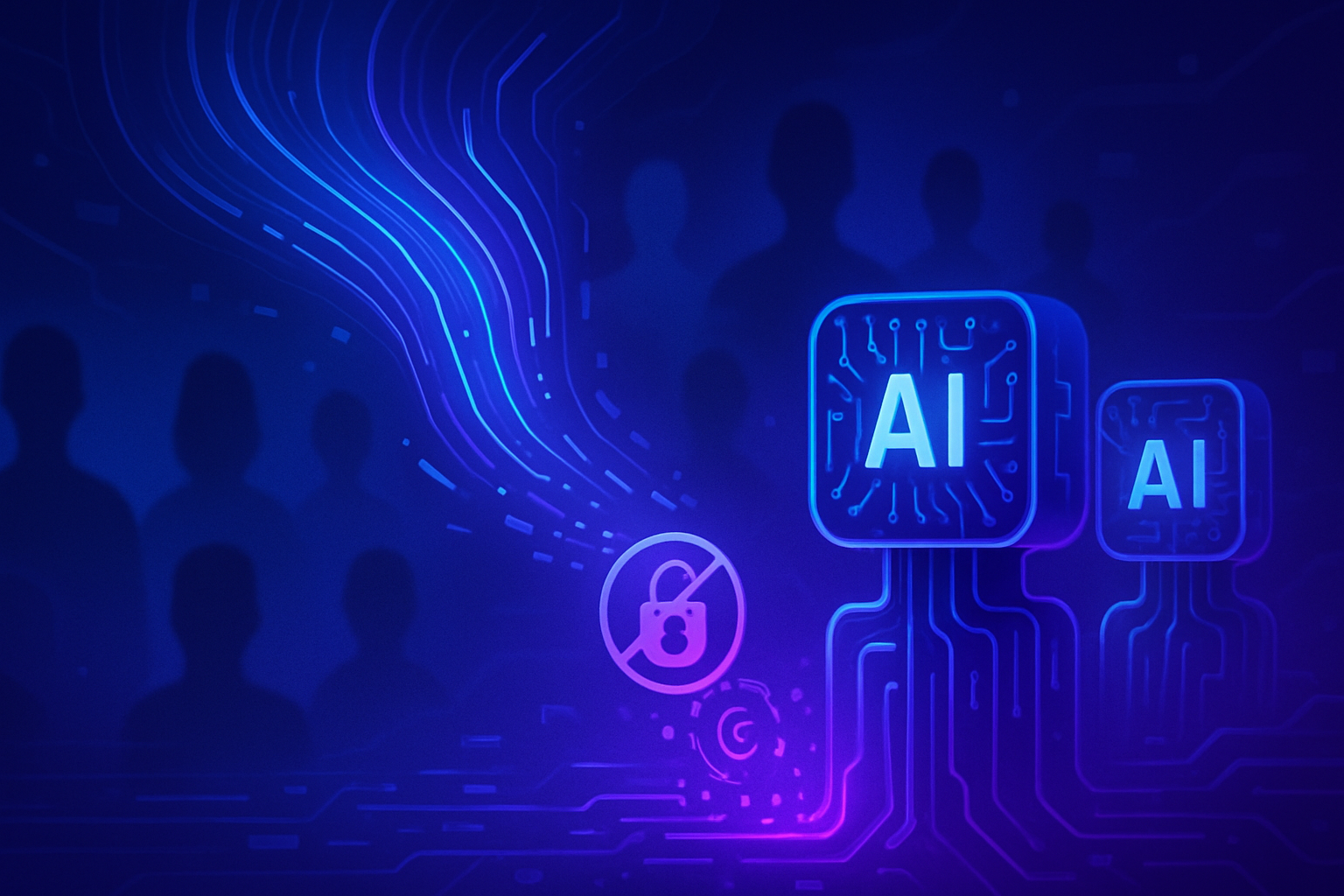The rumor is growing around a video where _Trump kisses the feet of Elon Musk_. This confusing content, broadcasted on screens of the Department of Housing and Urban Development, raises profound questions. This grotesque display of power shakes the foundations of political communication and discernment. The implications of using AI in misinformation challenge our relationship with the truth. This phenomenon illustrates how technology can manipulate public opinion and exacerbate divisions. _The repercussions extend well beyond mere entertainment._
An Unexpected Video on HUD Screens
Hackers recently infiltrated the networks of a U.S. government agency, broadcasting a video generated by artificial intelligence. This video ostensibly showed Donald Trump kissing the feet of Elon Musk, appearing on the screens of the Department of Housing and Urban Development (HUD). The incident caused a stir among the agency’s employees, especially upon their return to the office.
The Origins of the Fake Video
This video was created using deepfake technologies, allowing images to be altered in a particularly convincing manner. Such creations represent a troubling use of artificial intelligence, which promises formidable visual deception. The ramifications caused by such practices extend beyond mere pranks, touching on information security and media credibility.
Reactions on Social Media
Elon Musk, a staunch supporter of Donald Trump, shared the video on his platform X, amplifying its visibility. This action triggered varied reactions, ranging from amusement to outrage. Many internet users expressed their concern about the spread of false information that could influence public opinion.
Implications for Political Communication
Incidents of misinformation fall within a new era of political communication. The ability to manipulate visual content makes public trust even more precarious. Political figures, including Trump, have already been pointed out for disseminating false information via social media. This situation further illustrates the current vulnerability of messages conveyed online.
Consequences for Cybersecurity
This type of attack raises questions about the digital security of public institutions. The presence of deepfakes raises concerns about the possibility of similar manipulations in the future. According to some experts, hackers could exploit these technologies to impersonate identities or alter political speeches.
Towards Strengthening Regulations
In the face of such exposure to risks related to content manipulation, discussions about the need for a regulatory framework have intensified. U.S. lawmakers are beginning to consider proactive approaches to counter this form of misinformation. Various agencies, including HUD, may soon find themselves subject to stricter security protocols.
Futuristic Trends and Artificial Intelligence Technologies
Advances in artificial intelligence open up the scope for beneficial applications while exacerbating the risks of manipulation. Audiovisual generation technologies, such as those used to create this video, have enormous potential. However, their misuse could compromise the integrity of informational exchanges in an already tumultuous political landscape.
Reflection on the Future
This phenomenon alarms professionals engaged in the fields of communication and digital security. The fight against misinformation through artificial intelligence will require constant vigilance and innovative solutions. Institutions must quickly adapt to these changes to protect democracy and ensure reliable information.
FAQ about the AI video of Trump and Musk
What is the source of the video of Trump kissing the feet of Elon Musk?
The viral video was generated by hackers and broadcasted on screens of the Department of Housing and Urban Development (HUD) in the United States.
How was the video perceived by the public?
The video elicited strong reactions, mixing amusement and concerns regarding misinformation and the use of AI technology to create deceptive content.
What are the implications of using AI to create fake videos?
The use of AI to create deepfakes poses risks for misinformation, public opinion manipulation, and could have legal consequences for those who distribute them.
Have legal actions been taken following this broadcast?
To date, no legal action has been explicitly mentioned, although discussions regarding the regulation of this type of content are ongoing.
What measures can be taken to protect against these deceptive videos?
It is recommended to verify information sources, to be vigilant against content sneaked in by AIs, and to rely on reputable media for news.
Have Elon Musk and Donald Trump commented on this video?
So far, no official statement has been made by Elon Musk or Donald Trump regarding this specific video.
What role do social media play in the dissemination of this video?
Social media, due to their wide reach and speed, facilitate the spread of this type of content, highlighting their influence on public opinion.
How do experts assess the impact of deepfakes on society?
Experts are concerned about the potential impact of deepfakes on trust in media and institutions, and call for more robust regulations and verification tools.
Are there technologies to detect deepfakes?
Yes, several technologies and algorithms are being developed to detect deepfakes, although their effectiveness varies and requires continuous improvements.
